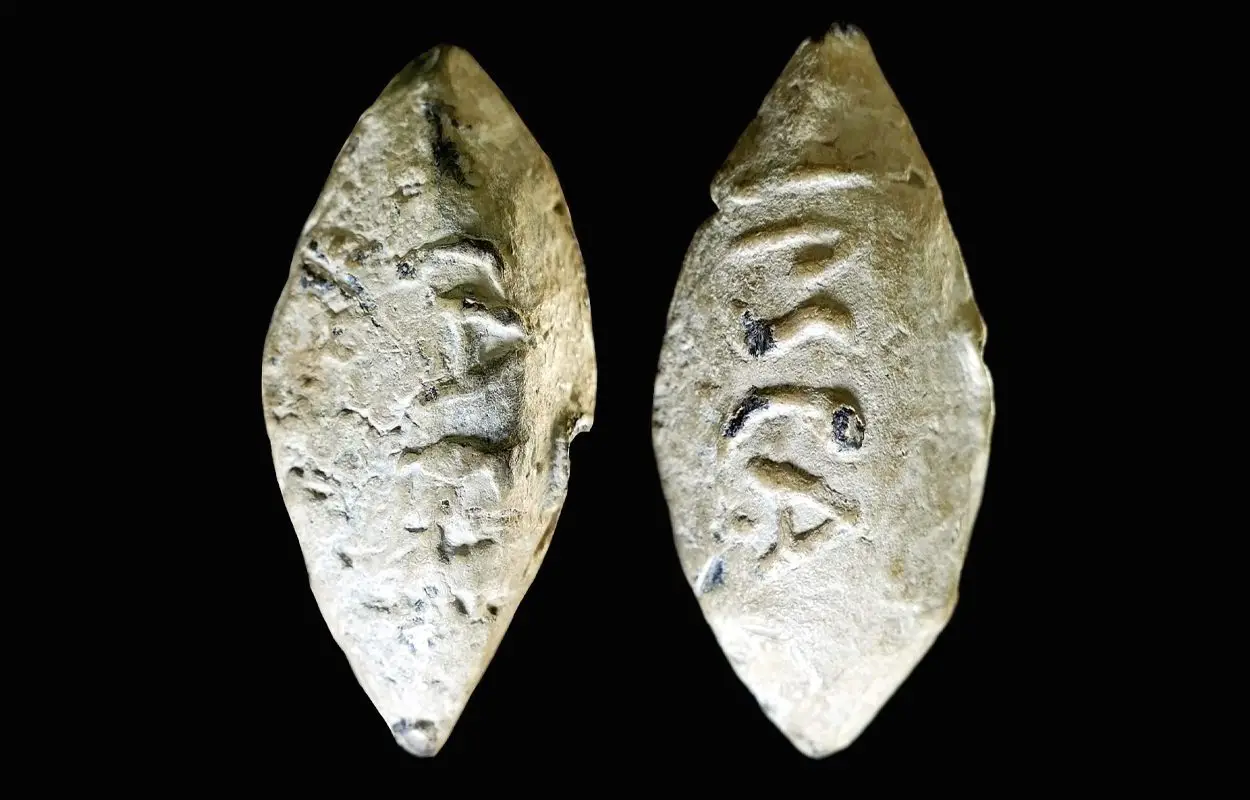A lead sling bullet inscribed with the name of Julius Caesar has been discovered in the countryside of Montilla, located in Andalusia, Spain.
The discovery is the first example of a sling bullet to bear Julius Caesar’s name abbreviated with CAES, along with a second inscription with the place name of IPSCA, a Roman city that stood on the border of what is now the territory of Baena.
The bullet was fired from a sling, a small hand-powered projectile weapon with a small cradle or pouch in the middle of two retention cords.
The sling’s origin may date as far back as the Upper Palaeolithic period, coinciding with the emergence of novel technologies such as the spear-thrower and the bow and arrow.
During antiquity, the sling became a common weapon used in Ancient Greece and the Roman period, with the Roman Army adopting slings to be used by skirmishers.
The late Roman writer Vegetius notes the use of slings in the De Re Militari, which states: “Recruits are to be taught the art of throwing stones both with the hand and sling. There is the greater reason for instructing all troops, without exception, in this exercise, as the sling cannot be reckoned any encumbrance, and often is of the greatest service, especially when they are obliged to engage in stony places, to defend a mountain or an eminence, or to repulse an enemy at the attack of a castle or city.”
It is possible that the sling bullet found in Montilla originates from the conflict between Caesar and the Optimates during the Second Hispanian campaign of Caesar’s Civil War.
At the time, Ipsca was an Iberian oppidum and later a Roman municipality located 12 miles from Montilla, along with the Roman municipium of Ulia only 8 miles north of where the sling bullet was found.
The discovery may also indicate the possible site of the Battle of Munda, the location of which has long been a subject of debate, with the environs of Montilla being one of the top candidates.
A study of the sling bullet has been published in the scientific journal Zephyrus.
Header Image Credit : STILEarte





